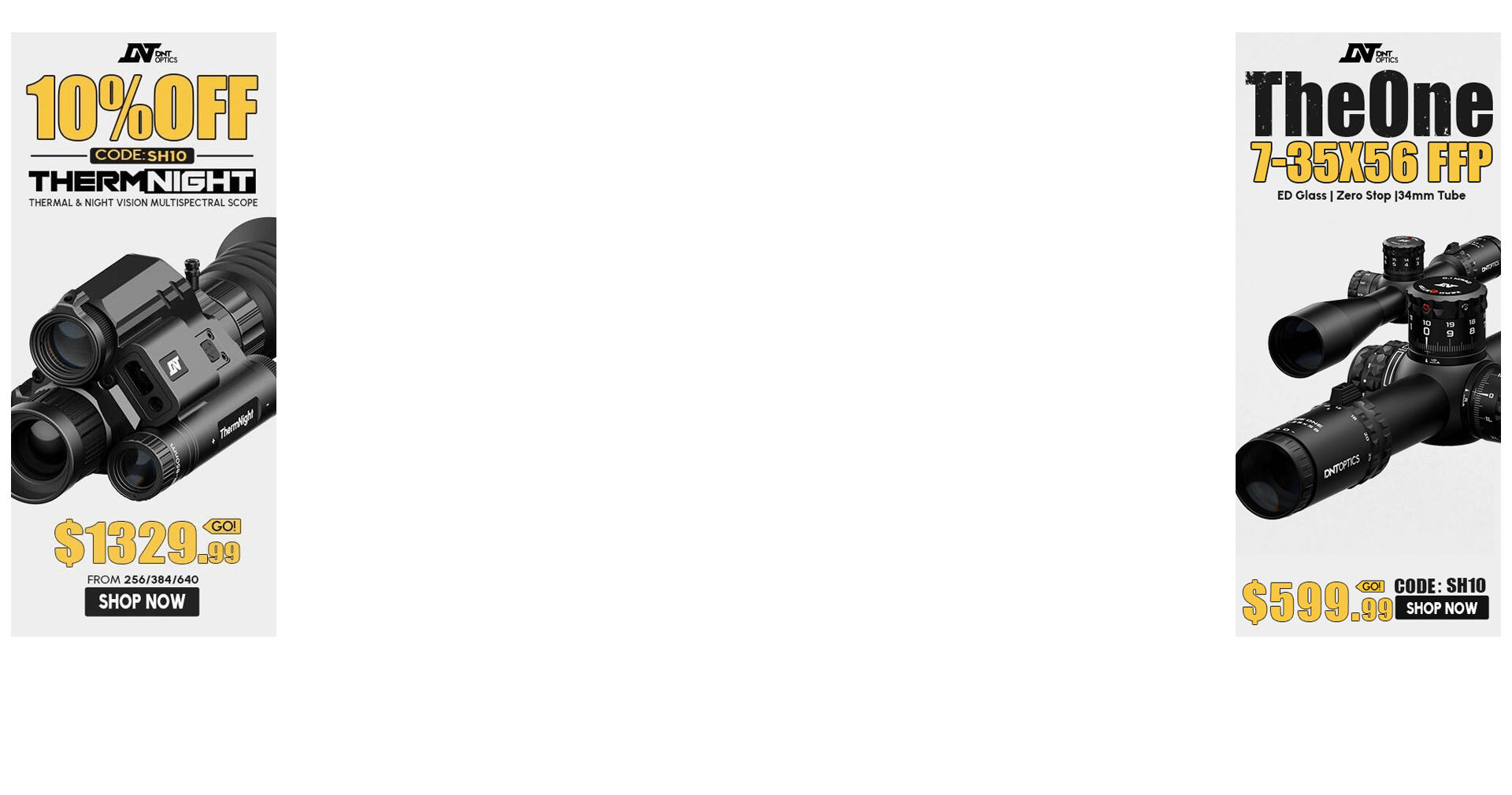Just some suggestions.
Something sounds off, but hard to nail down from here if the NT is really only 0.001" and the necks are chamfered...
It is difficult to isolate without using an known good seater, and measuring the seating force, but lets just talk out loud for a moment.
The possibilities include:
1. Seating stem contact area is too low.
2. Brass prep or friction coefficient is wrong.
3. Bullets abnormal.
Color a fresh bullet surface with a black marker. Then, by hand push the bullet with the seating stem and spin the bullet a little.
If the contact patch is just a line, we are in trouble with the stem. If the contact patch is an area, then we have to look deeper.
Maybe try and see if you can just start the bullet and stop right when it opens the mouth just enough for the bearing diameter to barely enter the mouth and stop. See if the damage is already done.
Point of this is to learn if the damage is done right away, or as a result of the rest of the seating stroke.
If there is very high force while the bullet goes down the neck, it is the product of (hoop stress x friction coefficient) + some plastic deformation. If the highest force is all at the first entry of the bullet, then we know it is due to the case mouth chamfer.
Another thing to study is a pulled bullet. Is there evidence of scrape marks from the case mouth? Is there galling between the case and bearing surface? A little friction evidence is normal, but galling damage or scrape marks are different.
If you were close by, I would quickly inspect your necks and test a sample with my seater using the AMP press. Right now, we don't know if the damage is due to very high seating forces, or one of the other possibilities.
Does the damage still occur if you just chamfer and mandrel virgin brass without working the neck down in the die?
Would the damage occur if your prepped brass is lubricated on the ID just as a test?
These thoughts would help isolate the issues in the absence of a force measurement.
If you have an experienced friend close by that can help you out, it may save you some frustrations. On the AMP Press with my seater, we would know in short order if the damage happens under normal seating force, or if the seating force is too high for whatever reason, and the third possibility is that the bullets are just abnormal.
Having some club mates that can lend a hand would make this easy, but when you are on your own it just takes patients.
Good Luck, hope you find it quick. In for the report.

